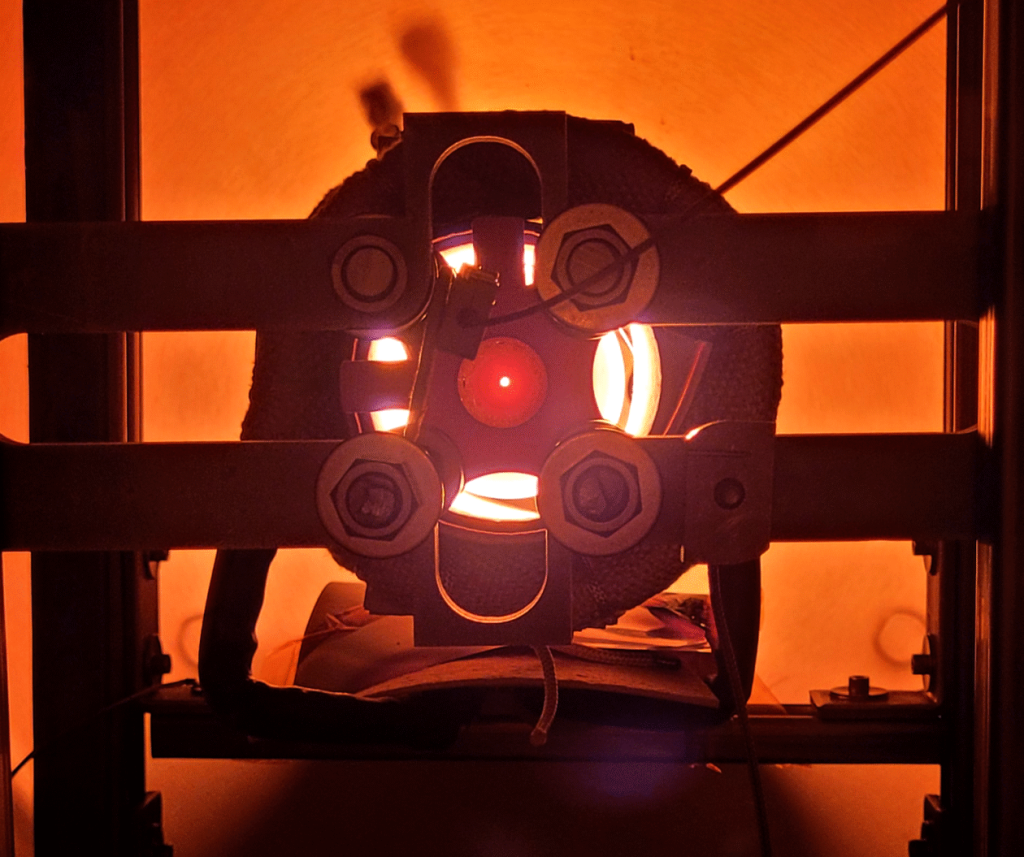Portal Space Systems Achieves Milestone with Solar Thermal Propulsion Test
In a groundbreaking achievement for commercial space innovation, Bothell, Washington-based Portal Space Systems has successfully completed the first commercial test of a solar thermal propulsion system at operational temperatures in vacuum conditions. This significant milestone centers on their 3D-printed heat exchanger thruster called “Flare,” which represents a major advancement in spacecraft propulsion technology. The system works by converting concentrated sunlight into heat, which then warms an ammonia-based propellant to generate thrust. This innovative approach could revolutionize how satellites maneuver in orbit, offering unprecedented responsiveness and flexibility for both commercial and defense applications in an increasingly crowded and contested space environment.
The technology powers Portal’s Supernova satellite platform, which is specifically designed to rapidly reposition payloads between different orbits. This capability addresses growing concerns about satellite congestion and potential collisions in space, as well as providing strategic advantages in responding to space-based threats from nations like China and Russia. What makes this technology particularly valuable is its dramatic improvement in maneuverability compared to conventional spacecraft propulsion systems. While traditional satellites might require weeks or months to significantly change their orbits, Portal’s Supernova platform aims to accomplish similar maneuvers within hours or days, creating new possibilities for responsive space operations that were previously impractical or impossible with existing technology.
Although solar thermal propulsion isn’t entirely new—NASA and the U.S. Air Force have experimented with the concept since the 1960s—Portal Space Systems stands as the first commercial enterprise to develop and advance this technology toward practical applications. The recent vacuum chamber test conducted at Portal’s laboratory in Bothell utilized an electrical induction system to simulate solar heating, successfully reaching temperatures of approximately 1,500 degrees Celsius (2,700 degrees Fahrenheit). This critical test validated the company’s propulsion architecture and cleared the way for integration with future flight hardware, demonstrating that the theoretical advantages of solar thermal propulsion can be realized in practical spacecraft systems ready for deployment.
“With maneuverability becoming a defining advantage in space operations, Supernova is built to give national security and commercial operators the ability to reposition, respond and persist across orbits,” explained Portal CEO Jeff Thornburg in announcing the achievement. He emphasized the unique capabilities of their system, noting that it “unlocks mission tactics and timelines that traditional chemical or electric systems simply can’t support.” This potential breakthrough comes at a crucial time for the space industry, as both commercial satellite constellations and military space assets face increasing challenges from orbital congestion and potential adversarial actions, creating demand for more agile and responsive space platforms.
The Supernova platform represents a significant commercial investment in advanced space technology, with Portal receiving substantial financial support from both government and private sources. The U.S. Air Force has committed $45 million through its SpaceWERX STRATFI program to support the spacecraft’s development, recognizing the strategic value of enhanced maneuverability in space. Additionally, Portal reported raising $17.5 million in private seed funding earlier this year, demonstrating strong commercial interest in their innovative approach to spacecraft propulsion. This combination of defense funding and private investment highlights the dual-use nature of Portal’s technology, which offers advantages for both national security applications and commercial space operations.
Looking ahead, Portal Space Systems has ambitious plans to bring their technology to operational status within the next two years. The first full-scale demonstration mission for the Supernova platform is currently scheduled for launch in 2026, which will provide the ultimate test of the solar thermal propulsion system in the actual space environment. If successful, this mission could mark the beginning of a new era in spacecraft maneuverability, with wide-ranging implications for satellite operations, space security, and commercial services. The company’s progress represents an important example of how commercial innovation is advancing capabilities that were once the exclusive domain of government space programs, potentially transforming how humanity utilizes and operates in Earth orbit in the decades to come.















